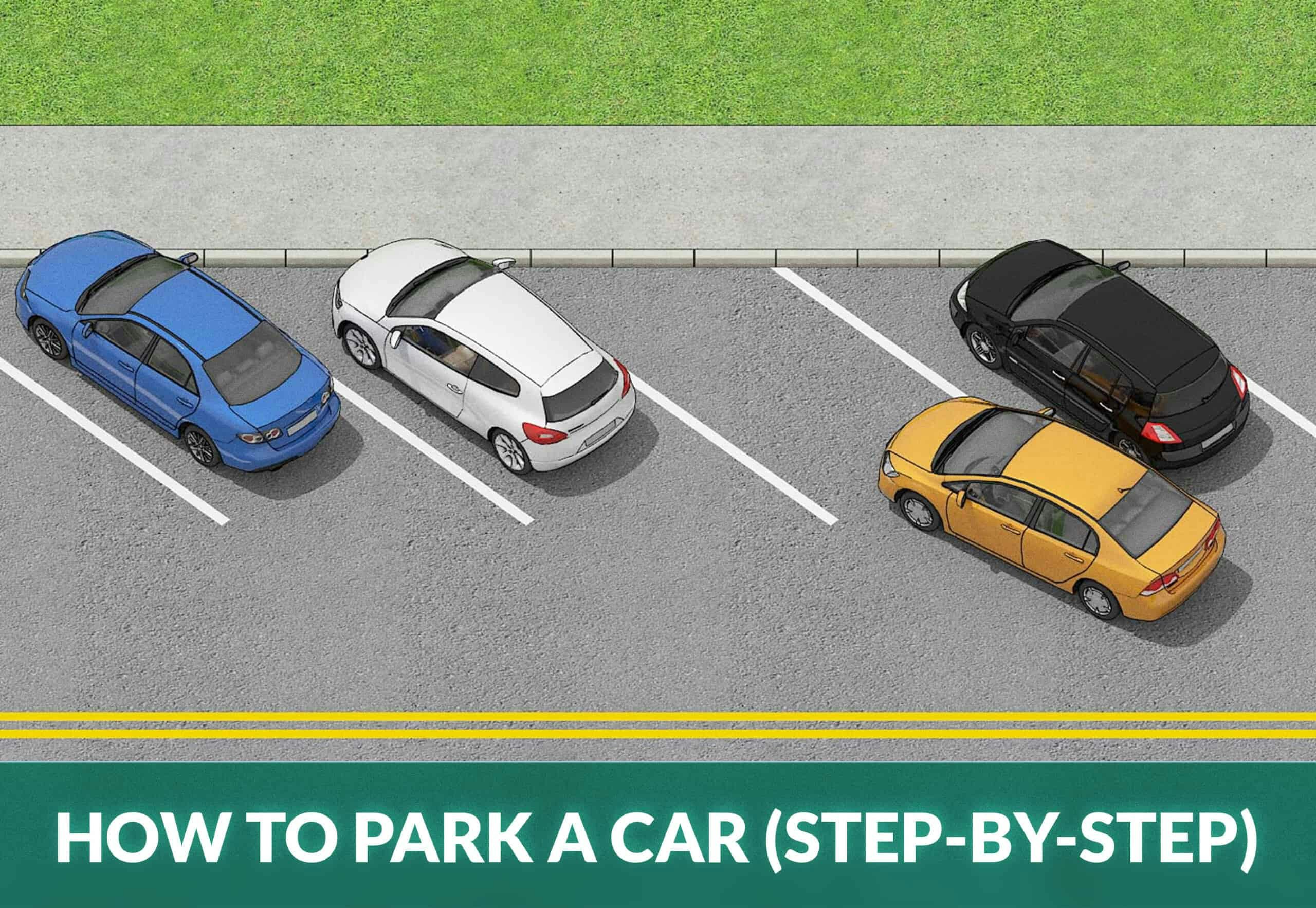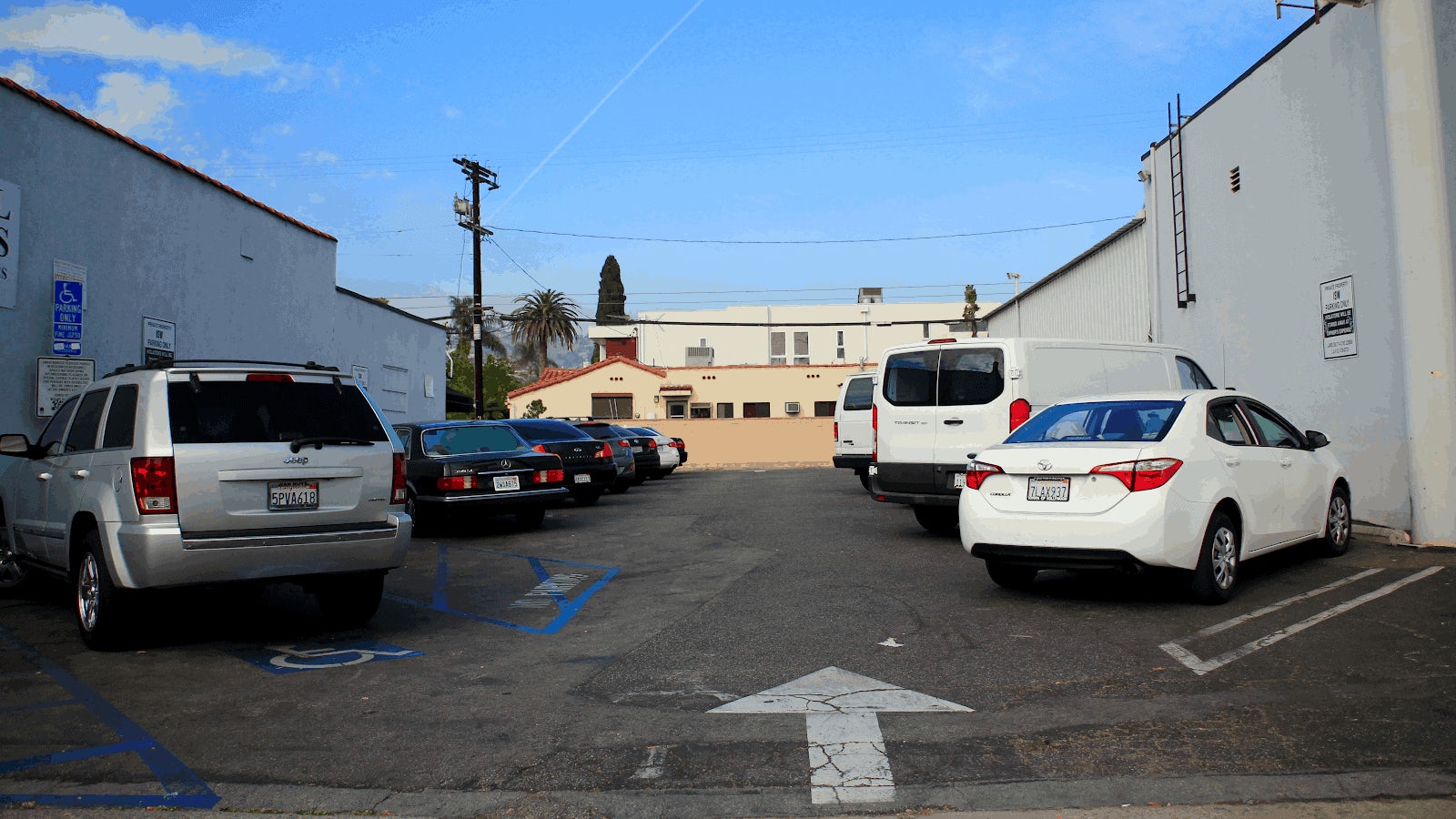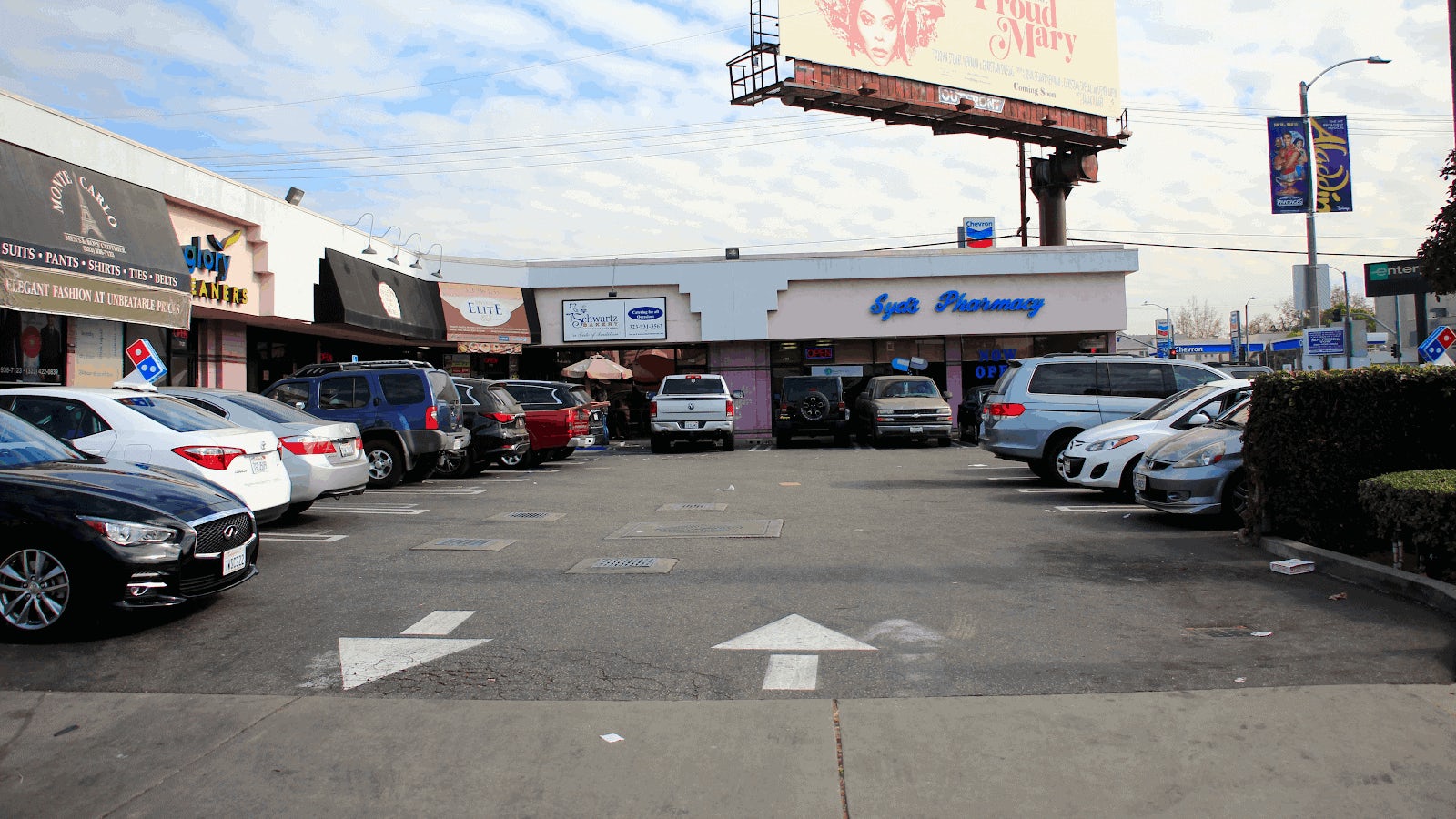
How to Park a Car Perfectly: Step-by-Step Guide
If you don’t know how to park a car, or find parking challenging, this guide is for you. You’ll learn step-by-step techniques for parking in common situations such as angle, parallel, and perpendicular parking.
How to Find an Appropriate Parking Space
When choosing a parking space, keep the following in mind:
- You need a parking space that is large enough for your car
- You need enough clearance to the sides to maneuver (about 4 feet on each side)
- Check if other cars are parked on the white line marking your parking spot as it might be too tight
- If parallel parking, you want to look for a spot that is at least 1.5x the length of your car
Common Mistakes
- Rushing into a spot without checking your surroundings. This increases the risk of colliding with pedestrians, vehicles, or obstacles. Be extremely careful of passing pedestrians and/or other vehicles. Especially children can run across your intended path at any time. Always double check that there are no pedestrians in the way before you park.
- Poor alignment within the parking space. Misalignment can lead to difficulty when exiting and may cause damage to your car or others.
- Forgetting to use your turn signals. Not signaling confuses other drivers and can lead to unexpected accidents.
- Neglecting to set the parking brake. Without the brake, your vehicle may roll away, posing a safety hazard.
- Misjudging the distance from other vehicles or obstacles.
How to Park – Angle, Parallel, and Perpendicular Parking
We’ll go through the most common parking spaces you’ll need to master when learning to park a car:
- Angle Parking Spot
- Parallel Parking Spot
- Perpendicular Parking Spot
How to Park at an Angle (Angle Parking)

Angle parking is the most common type of parking spot found in high-traffic areas and one-way roads. The purpose of parking at an angle is that it allows the drivers to more easily access the parking spot, and more easily drive out of it. For that reason, it is also easiest to learn how to park at an angle before moving to parallel and/or perpendicular parking spots.
Angle parking is essentially parking at an angle (often 45°) to the road. The crux of an angle parking spot is to be aware of how traffic around you is behaving as you’ll most likely have limited to no vision of the road as you reverse out of the parking spot.
1 – Find a parking spot
The parking spot should have at least 4 feet to each side. If the parking spot is too tight, you won’t be able to open the car doors even if you can successfully squeeze in. The passengers in the cars next to you also risk slamming their car doors into your car as they attempt to enter their own cars.
2 – Drive slowly and enter at an angle
Enter the angle parking spot by entering the parking spot at an angle and slowly edging forward until your car is correctly positioned within the white lines.

3 – Align the car in the parking spot
Align your car so it is straight in the parking spot. By aligning your car and wheels as you park, you will make it easy for you to move out of the spot later. If you intend to align the car before you move out of the parking spot, you may find that the cars to your sides have changed and that you no longer have space to the sides, making the move difficult.
4 – Open the car doors carefully
As you leave your vehicle, it’s’ always good to be extra careful to not slam the car door(s) into the cars on the sides. It can easily happen and it may end up being rather costly.
How to Park Straight (Perpendicular Parking)

Learning perpendicular parking is important since it’s the second most common type of parking spot. You will often find these types of parking spots in shopping malls and parking lots associated with a store in general.
1 – Find an empty parking spot
Just as when parking at an angle, you want to find a parking spot with at least 4 feet clear space to each of the sides. If the parking spot is too tight, you won’t be able to open the car doors even if you can successfully squeeze in.
2 – Position your vehicle for the turn
- To get as much room as possible for turning, you need to place your vehicle toward the opposite side of the aisle. If the aisle allows for traffic from both directions, try to move as close to the center of the aisle as possible.
- The front bumper of your car should be approximately half a car’s length away from the parking spot.
- Align your mirror with the first white line dividing your parking space from others. You can also align your shoulder with the center of the parking spot right before your parking spot, depending on what you prefer.
3 – Slowly move into the parking space
Before you start to move into the parking space, check your mirrors and blind spots. Then turn your wheels fully to the left, take your foot off the brake, and slowly creep forward into the parking spot. As you get into the parking spot, you will need to straighten out your wheels again.
4 – Adjust your position
Once you are in the parking space, you want to make sure your vehicle is correctly aligned within the space and to vehicles parked on either side. Adjust your position until you have an even gap to both sides of your car and you are well within the parking space.
5 – Turn the engine off and exit your car
Be careful to not hit nearby vehicles with your car door as you exit your car. Before you leave the parking lot, look around one additional time for the parking signs so you will know exactly how long you may be parked and if you have to pay.
How to Parallel Park
Due to the complexity of parallel parking and the multiple steps of the maneuver, we have already covered parallel parking in detail in another article with illustrations and pictures. This is the last parking maneuver you should learn as a new driver.
Here is a summary of the most important steps:
- Find a large enough parking spot. The parking slot should be at least 1.5x the size of your car for you to have enough room to safely maneuver into the slot
- Place your car in the correct position. Align your passenger-side mirror with the side mirror of the car in front of your parking spot. Leave a gap of 2-3 feet
- Turn your steering wheel fully to the right and reverse until you can see the full front of the vehicle in the parking spot behind you in your left-side mirror
- Reverse straight until your right-side mirror covers the taillight of the car in front
- Turn your steering wheel fully to the right again and carefully edge into position
Final Tip
If you’re learning to drive, our behind-the-wheel course for new drivers is your fast track to driving confidence and success. Featuring professional online driving lessons, easy-to-follow step-by-step guides, parent training resources for effective at-home practice, and driving simulations, you’ll gain real-world driving skills in a risk-free environment fast. It is used by driving schools and students alike for better results and confidence.

Avoid beginner mistakes with expert advice
Build road test confidence and reduce anxiety
Make at-home lessons a success with our parent guide
Recommended articles
Ace your DMV test, guaranteed
Want to Be the Top School in Your Area?
- Simple & automated admin
- More time for teaching
- #1 learning materials for students


